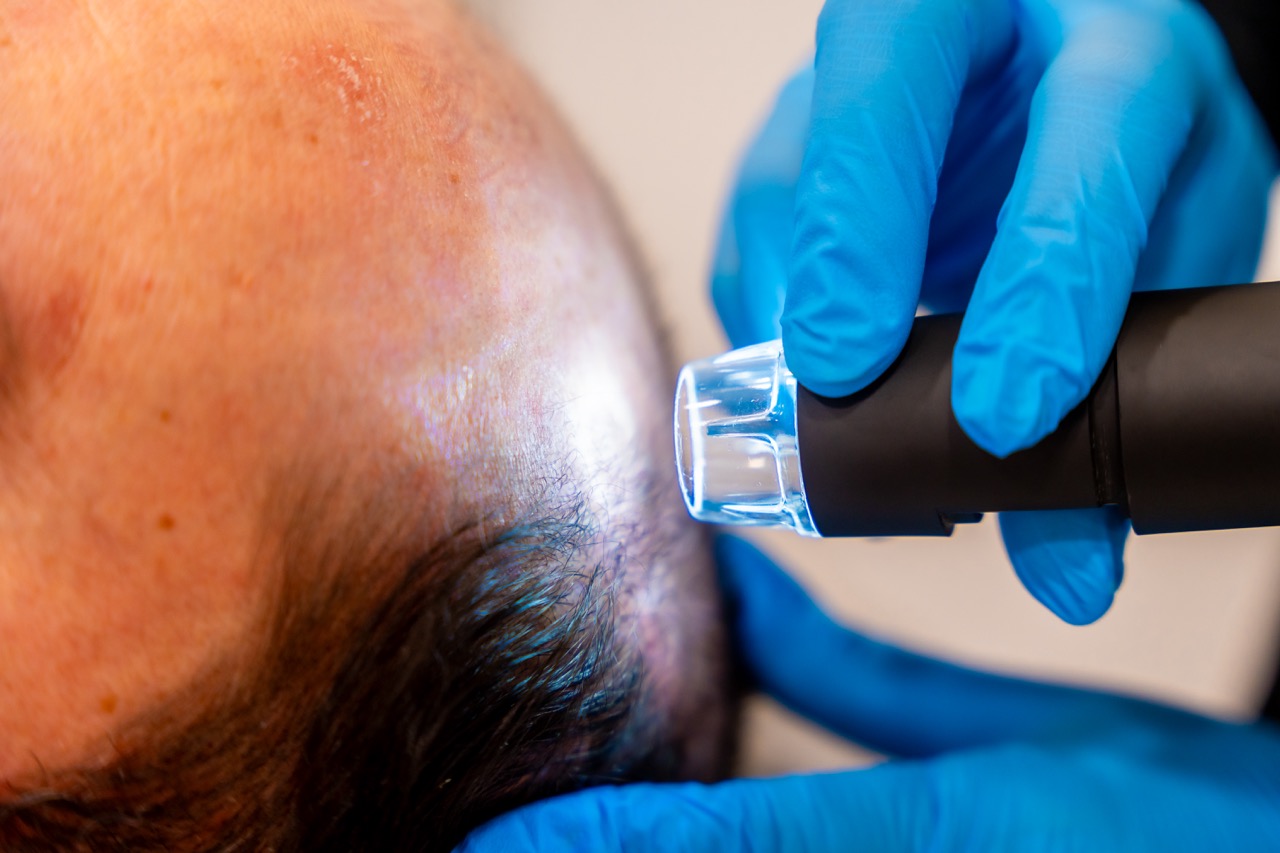Can I Exercise After Hair Transplant? Timeline and Tips
Undergoing a hair transplant is an exciting step toward restoring your hairline and confidence, but it’s also a procedure that requires careful aftercare. One of the most common questions patients ask is: “When can I start exercising again?” Physical activity is a normal part of daily life, but jumping back into workouts too soon could compromise your results. Let’s break down the recommended timeline and offer tips to help you resume your fitness routine safely.
Why It’s Important to Pause Exercise After a Hair Transplant
Hair transplant surgery involves creating tiny incisions in the scalp to transplant hair follicles from the donor area to the recipient site. While minimally invasive, this process leaves your scalp in a delicate state during the initial healing period. Exercising too soon can:
Increase Blood Pressure and Heart Rate:
- Elevated blood pressure from intense workouts can strain the scalp, increasing the risk of bleeding, swelling, or dislodging grafts.
Cause Excessive Sweating:
- Sweat can irritate the healing scalp, potentially leading to infection or delayed recovery.
Risk Graft Displacement:
- High-impact or strenuous activities might dislodge newly implanted grafts before they have had time to fully settle.
Prolong Swelling and Inflammation:
- Strenuous exercise can exacerbate swelling around the forehead and eyes, which is already common in the first few days after surgery.
Recommended Exercise Timeline
Your surgeon will provide specific guidelines based on your procedure and individual healing progress, but here’s a general timeline for returning to exercise after a hair transplant:
First Week (Days 1–7):
- Avoid all forms of exercise. Focus on rest, keeping your head elevated, and following post-op care instructions. Even light activities like walking should be kept minimal to reduce swelling and pressure on the scalp.
Second Week (Days 8–14):
- You can gradually reintroduce light activities, such as gentle walking or light stretching. Avoid exercises that raise your heart rate significantly or cause you to sweat heavily. If your surgeon approves, low-impact activities like a casual walk can help improve circulation without straining the scalp.
Third Week (Days 15–21):
- By this stage, many patients can resume moderate-intensity activities. Light yoga, easy cycling, or a brisk walk may be allowed, but it’s still best to avoid high-impact sports, heavy lifting, or anything that puts direct pressure on the head.
Fourth Week (Days 22–30):
- Most people can return to their normal exercise routine by the fourth week, provided the scalp has healed well and there are no complications. Strenuous cardio, weightlifting, and even more vigorous sports are generally safe at this point, but it’s always wise to confirm with your surgeon.
Beyond One Month:
- Once you’ve passed the one-month mark, you can typically engage in all types of physical activities without restrictions. The transplanted grafts should be firmly in place, and your scalp will be better equipped to handle the demands of exercise.
Tips for Resuming Exercise After Hair Transplant
Start Slowly:
- Ease back into your routine rather than diving into high-intensity workouts. Listen to your body and pay attention to how your scalp feels.
Keep Your Scalp Clean and Dry:
- After any light activity, gently rinse your scalp as directed by your surgeon. Avoid using harsh shampoos or scrubbing the transplanted area until fully healed.
Stay Hydrated:
- Proper hydration helps with overall healing and recovery. Drink plenty of water, especially if you’re sweating more as you become active again.
Protect Your Scalp from Sun and Heat:
- If exercising outdoors, wear a hat or use sunscreen on the donor and recipient areas to prevent sunburn. Avoid overly hot environments like saunas or hot yoga classes during the early healing stages.
Avoid Contact Sports Initially:
- Sports that risk head contact (such as soccer, basketball, or martial arts) should be avoided until the grafts are firmly established. Even once you’re cleared for exercise, consider wearing protective headgear if there’s any chance of impact.
Consult Your Surgeon
The timeline above is a general guideline, but every patient heals differently. Before resuming exercise—especially intense activities—check with your surgeon to ensure your scalp has healed properly and that you’re not risking the integrity of your grafts. Following their advice will help ensure the best possible results from your hair transplant.
In Summary
Yes, you can return to exercise after a hair transplant, but timing is key. Give your scalp enough time to heal and follow a gradual reintroduction of physical activity. By doing so, you’ll protect your grafts, minimize complications, and ensure the best possible outcome for your hair restoration journey.

 English
English




















